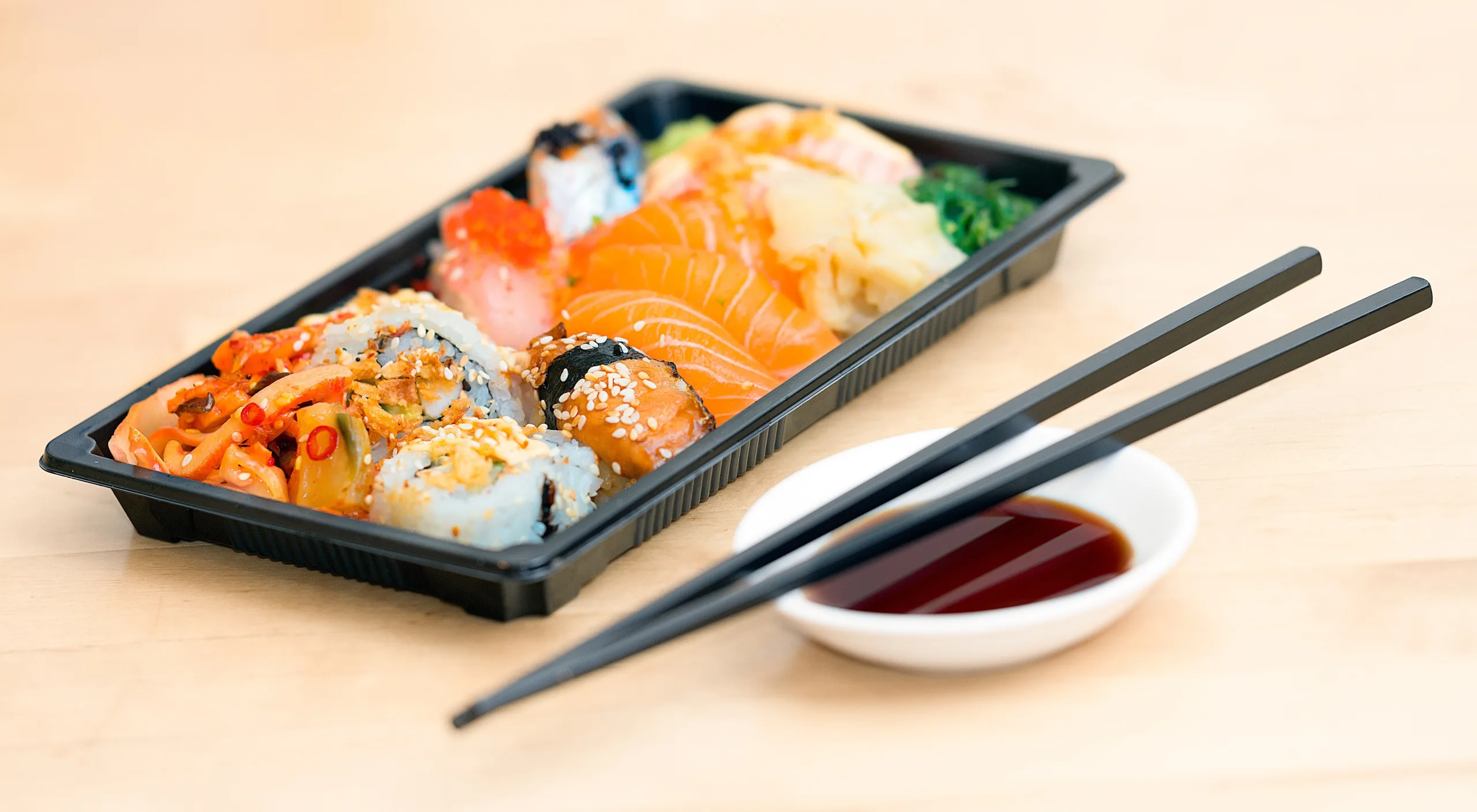Konnichiwa! Let’s explore the world of Japanese dining etiquette and learn how to say “chopsticks” in the beautiful language of Japanese.
Ohashi: The Versatile and Timeless Chopsticks
When it comes to saying “chopsticks” in Japanese, the most commonly used word is “ohashi.” Just like the elegant and versatile utensils themselves, the word “ohashi” effortlessly flows off the tongue.
“Ohashi” is a versatile term that refers to both the cultural icon of chopsticks and the act of using them. Whether you’re indulging in a scrumptious bowl of ramen, savoring a plate of sushi, or enjoying any other Japanese dish, “Ohashi” is the word you need to know.
Pronounce it with a gentle and flowing tone: “o-ha-shee.” Let the fluidity of the word mimic the graceful movements of the chopsticks themselves.

Planning a trip to Japan?
Otemoto: The Formal Term for Chopsticks
In more formal or traditional settings, you might come across the word “otemoto” when referring to chopsticks. This term is often used in formal dining or when addressing the utensils with a higher level of respect.
“Otemoto” conveys a sense of reverence for the chopsticks and acknowledges their importance in Japanese cuisine and culture. It’s a word that pays homage to the traditions and rituals associated with the art of dining.
Remember to pronounce it with a touch of formality: “o-te-mo-to.” Let the tone of the word reflect the respect and appreciation for the culinary heritage of Japan.
Etiquette: Navigating the Chopstick Culture
Now that we’ve learned how to say “chopsticks” in Japanese, let’s explore the rich chopstick etiquette that accompanies their use. Embracing proper chopstick etiquette not only shows respect for Japanese culture but also enhances your dining experience.
First and foremost, it’s essential to hold the chopsticks correctly. Grip the thicker end of the chopsticks with your dominant hand and rest the thinner end on your ring finger for stability. Keep the chopsticks parallel and avoid crossing them, as it’s considered impolite.
When using chopsticks, avoid pointing them directly at others or spearing food with them. Instead, use a gentle gripping motion to pick up small pieces of food or scoop larger items.
Remember, chopsticks are primarily used for transferring food from shared dishes to your own plate or bowl. Avoid reaching across the table with your chopsticks or using them to pass food directly to someone else’s plate. Instead, use the provided serving utensils or ask for assistance if needed.
Cultural Considerations: Chopsticks and Respect
In Japanese culture, chopsticks hold significant cultural and symbolic meaning. Understanding a few cultural nuances will further enhance your appreciation for the role of chopsticks and show your respect for Japanese customs.
One important point to note is that sticking chopsticks vertically into a bowl of rice is seen as a gesture of respect reserved for memorial services and funerals. In everyday dining, it’s considered impolite and reminiscent of these somber occasions. Instead, rest your chopsticks horizontally across the chopstick rest or the edge of your plate when taking a break or finishing your meal.
Lastly, it’s customary to show appreciation for the meal by saying “itadakimasu” before you start eating and “gochisousama deshita” after you’ve finished. These phrases express gratitude to the chefs, the hosts, and the ingredients that have come together to create a delicious culinary experience. Incorporating these phrases adds an extra layer of respect and gratitude to your chopstick etiquette.
“Itadakimasu” (ee-tah-dah-kee-mahs) is said before you start your meal, and it translates to “I humbly receive.” It’s a way of expressing gratitude for the food and the effort that went into preparing it. Remember to say it with sincerity and appreciation, setting a positive tone for your dining experience.
“Gochisousama deshita” (goh-chee-soh-sah-mah deh-shee-tah) is said after you finish your meal, and it translates to “Thank you for the meal.” It’s a way of showing gratitude for the nourishment and enjoyment you received from the food. Saying it with a warm and satisfied tone demonstrates your appreciation for the culinary experience.
Don’t know how to use chopsticks? Check this video for a tutorial on how how to use ohashi!
Conclusion: Embracing the Art of Chopsticks in Japanese
Congratulations, my fellow foodies! You’ve now unlocked the secrets of saying “chopsticks” in Japanese and delved into the rich chopstick etiquette and cultural nuances that accompany their use. From the versatile “ohashi” to the formal “otemoto,” you have the words to navigate the world of Japanese dining.
Remember to hold your chopsticks with grace and precision, respecting the traditions and rituals associated with their use. Embrace proper chopstick etiquette, from avoiding spearing food to using serving utensils for sharing dishes. Let your gestures at the dining table reflect your appreciation for Japanese culture.
And don’t forget the importance of expressing gratitude. Say “itadakimasu” before your meal to show your humble appreciation, and say “gochisousama deshita” after your meal to thank those who contributed to your dining experience.
Now, armed with your newfound knowledge, savor the flavors of Japan with confidence and respect. Let the chopsticks become an extension of your appreciation for the culinary arts and a gateway to cultural understanding.
So, grab your chopsticks and embark on culinary adventures, whether you’re enjoying sushi, ramen, or any other delightful Japanese dish. Remember, it’s not just about the food—it’s about the experience, the traditions, and the respect for Japanese culture.
Itadakimasu! Gochisousama deshita! Let your chopsticks guide you to delectable delights and unforgettable dining experiences.


